Maintaining the right humidity levels is more than a comfort issue; it's a necessity for health, preservation, and efficiency in various environments, ranging from homes to industrial settings. Excess moisture in the air can lead to a host of problems, including the proliferation of mold growth and mildew, structural damage to buildings, and even exacerbation of health issues such as allergies and respiratory conditions. This is where using a dehumidifier comes into play, offering a practical solution to control indoor humidity effectively.
Many people don’t understand how does a dehumidifier works. In this blog, we'll explore the essential workings of dehumidifiers, the technology that powers them, and how they help maintain ideal atmospheric air conditioners. Learn about Alorair crawl space dehumidifiers.
Understanding Humidity
Before diving into the workings of a dehumidifier, it's crucial to grasp what humidity is and its impacts. Humidity refers to the amount of water vapor present in the air. The more water vapor, the higher the humidity. Relative humidity (RH) is the term used to describe the percentage of water vapor in the air at a given temperature compared to the maximum it can hold at that temperature. For optimal comfort and health, indoor humidity levels are best kept between 30% and 50%.
Why Humidity Control is Essential
Controlling indoor humidity is vital for several reasons:
- Health: High humidity can exacerbate allergies and asthma as it promotes the growth of dust mites and mold.
- Comfort: Moist air feels warmer than dry air at the same temperature, making environments with high humidity feel stuffy and uncomfortable.
- Preservation: Excessive moisture can damage building materials, causing wood to warp, paint to peel, and fostering the growth of mold that deteriorates surfaces.
- Efficiency: In industrial and commercial settings, proper humidity levels are crucial for maintaining equipment efficiency and the integrity of stored products, such as food and pharmaceuticals.

Common High-Humidity Areas
Certain areas are particularly prone to high humidity levels, which can lead to specific challenges:
- Basements and Crawl Spaces: These lower areas of buildings tend to be cooler and naturally attract moisture due to their proximity to the ground. Without proper ventilation or humidity control, they become breeding grounds for mold and mildew.
- Warehouses and Storage Facilities: Large volumes of goods, especially those that are hygroscopic (moisture-absorbing), can elevate humidity levels, requiring robust humidity management solutions.
- Coastal and Tropical Regions: Locations with naturally high humidity levels demand consistent indoor relative humidity control to combat the pervasive dampness that can affect buildings and health.
The Basics of Dehumidifier Operation
House dehumidifiers play a critical role in managing indoor humidity by extracting water vapor from the air. This process not only helps in maintaining the ideal humidity level but also contributes to a healthier and more comfortable environment. There are two main types of dehumidifiers commonly used: refrigerant cooled dehumidifiers and desiccant dehumidifiers. Each works on a different principle and is suited for specific applications.
Components Common to All Dehumidifiers
Regardless of the type, all dehumidifiers consist of several key components that facilitate the dehumidification process:
- Fan: Draws in the air from the surrounding environment to pass through the dehumidifier.
- Compressor/Desiccant Material: Depending on the type of dehumidifier, a compressor (for refrigerant types) or desiccant material (for desiccant types) is used to extract moisture from the air.
- Reheat Coil: After moisture is extracted, the air is often reheated slightly before being released back into the room to avoid excessive cooling.
- Reservoir or Drain System: Collects the condensed water for disposal, either in a removable reservoir or through a direct drain system.
Refrigerant Dehumidifiers
Refrigerant dehumidifiers, also known as compressor dehumidifiers, are the most common type found in residential and commercial settings. Here's how they work:
- Air Intake: The fan pulls humid air into the dehumidifier.
- Cooling Coils: The air is passed over cold coils. As the air cools, its capacity to hold moisture reduces, causing water vapor to condense into liquid water.
- Water Collection: The liquid water drips into a collection reservoir or is pumped out through a drain system.
- Reheating: The cooled air, dry air passes over warm coils to return it to room temperature before it is released back into the environment.
This type of dehumidifier is particularly effective in warm air, and humid conditions where the cooling effect of the coils can be maximized.
Desiccant Dehumidifiers
Desiccant dehumidifiers use a chemical absorbent to remove moisture from the air, which makes them particularly suited for cooler, less humid environments or where a lower humidity level is required:
- Air Intake: Air is drawn into the unit by a fan.
- Moisture Absorption: The air passes through a rotor filled with desiccant material which absorbs moisture from the air.
- Regeneration: The absorbed moisture is then removed from the desiccant by heating it, and the moisture is expelled as vapor.
- Release: The dried air is cooled (if necessary) and returned to the room air.
Desiccant dehumidifiers can operate effectively at low temperature and are often used in industrial applications where deep drying is necessary, such as in pharmaceutical manufacturing or storage facilities.
Factors Influencing Dehumidifier Efficiency
Several factors can affect the efficiency of dehumidifiers:
- Capacity and Size: The size of the dehumidifier should match the space and the amount of moisture to be removed. An undersized unit will run continuously without effectively reducing humidity.
- Placement: Proper airflow is crucial for efficient operation. Units should not be obstructed by furniture or walls.
- Maintenance: Regular cleaning of filters and reservoirs, along with checks on coils and operation cycles, ensures maximum efficiency.
- Saving Energy Efficiency: Modern house dehumidifiers often come with energy-efficient features such as programmable timers, low energy modes, and ENERGY STAR ratings. which can help reduce energy costs.
Innovations in Dehumidification Technology
Advancements in technology have greatly enhanced the functionality and user-friendliness of dehumidifiers:
- Smart Humidity Sensors: Many contemporary models come equipped with built-in hygrometers and automatic shut settings to maintain desired humidity levels effortlessly.
- Energy-Efficient Models: Newer dehumidifiers are designed to use less energy, reducing costs and environmental impact.
- Enhanced Ergonomic Designs: Features like quieter operation, portability, and easier reservoir management improve user satisfaction and adaptability to different environments.
Conclusion
Dehumidifiers are essential tools for maintaining a healthy, comfortable, and efficient indoor environment. Understanding how these devices work helps individuals and businesses make informed decisions about managing indoor air quality.Abestorm's range of products, including the Crawl Space Dehumidifiers and Commercial Dehumidifiers, leverages cutting-edge technology to offer superior humidity control solutions. Whether you are looking to protect your home from mold or ensure optimal air conditioning in a large-scale operation, explore Abestorm’s offerings for the right dehumidification technology to meet your needs.
Discover Optimal Humidity Control with Abestorm
Ready to tackle humidity issues effectively? Visit our product pages to explore Abestorm’s advanced dehumidifiers, designed for both residential and industrial use. Find your perfect match and ensure a healthier, more comfortable indoor environment today!
Tags: large commercial dehumidifier, small crawl space dehumidifier

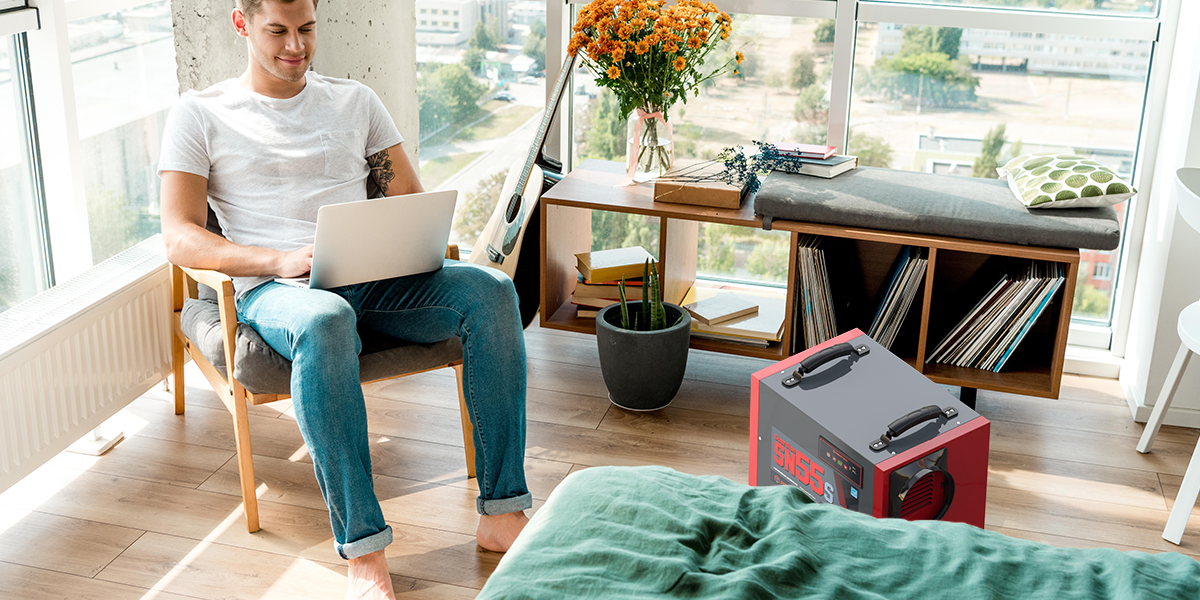

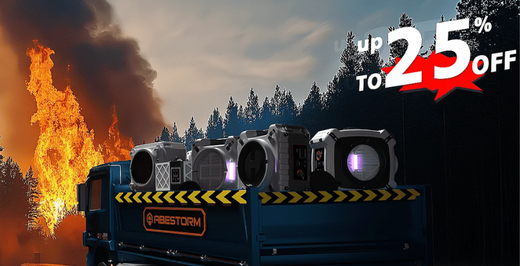


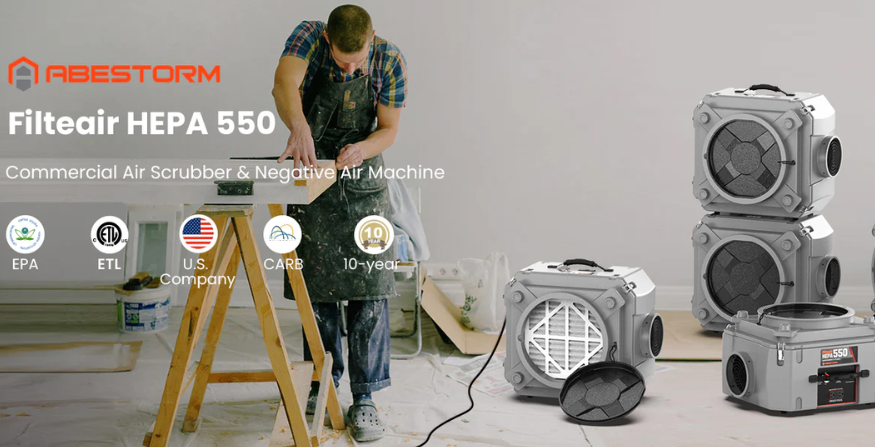
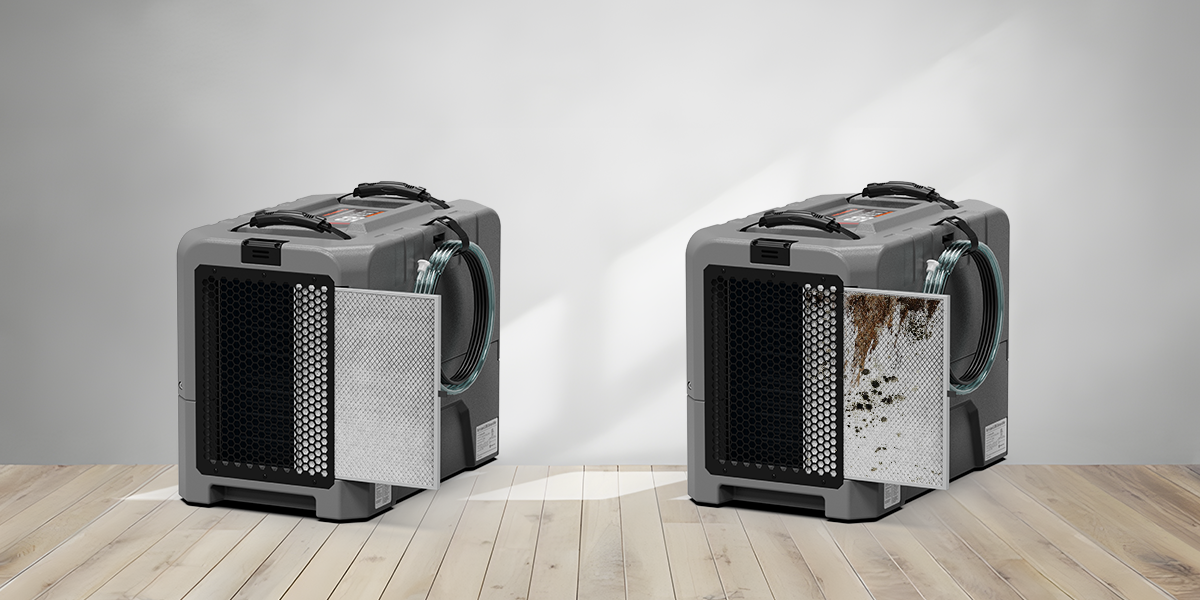
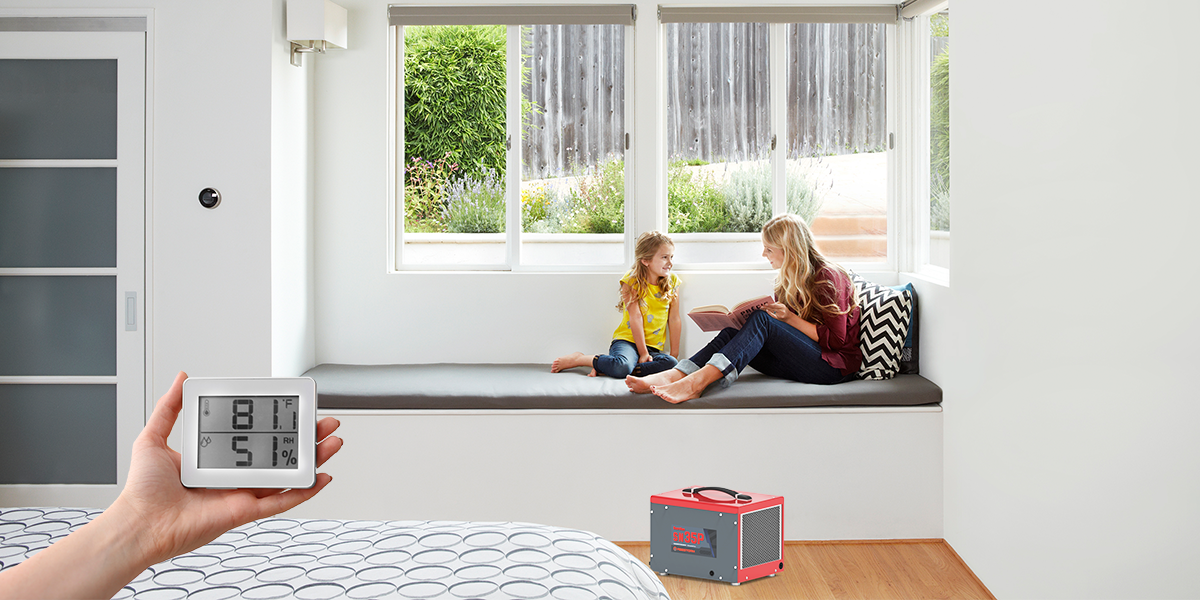
Shop For Dehumidifier